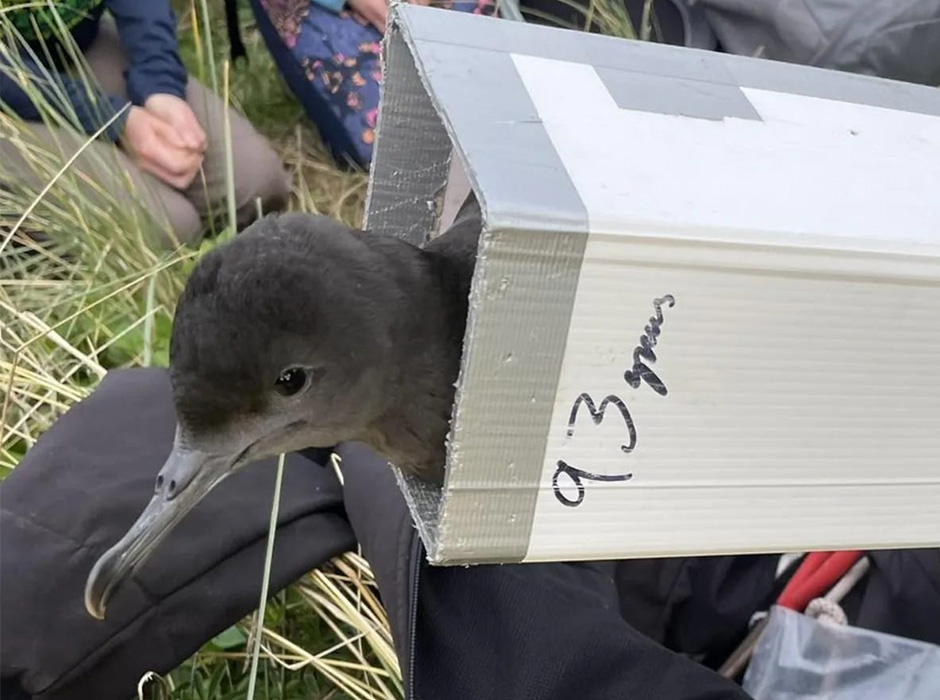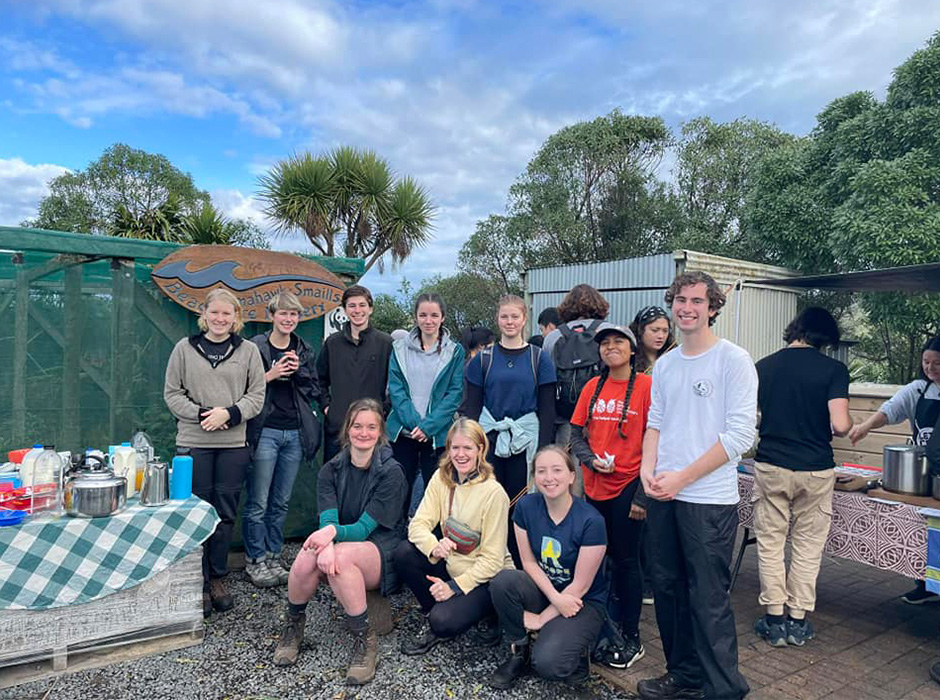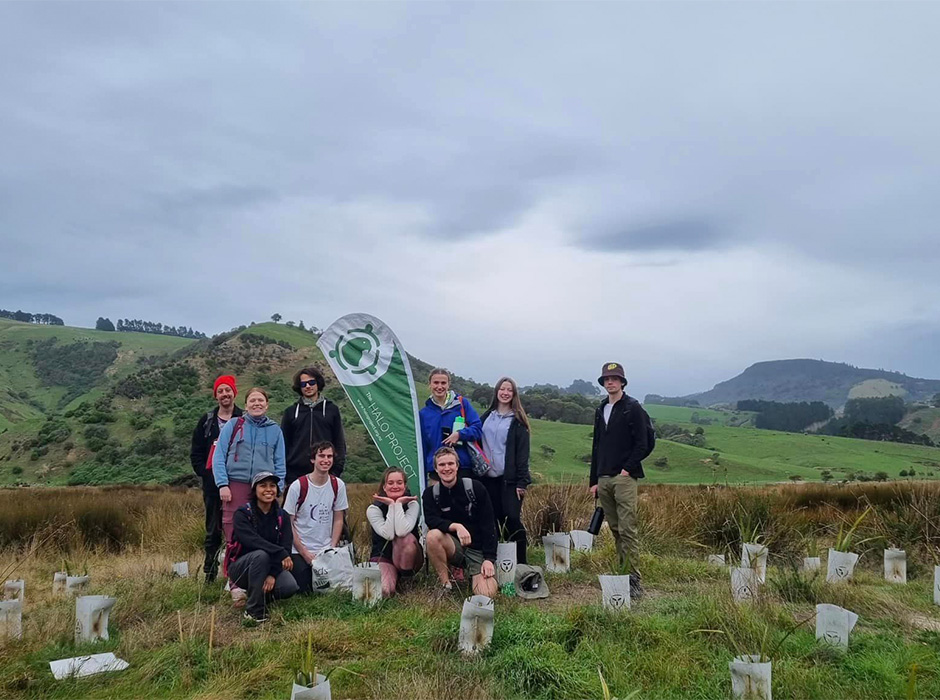
Counting penguins and planting native plants has been helping tauira understand the importance of conservation in Aotearoa.
Ben Carson has been involved with AAPES (Animal, Aquatic, Plant, Ecological Society) for all three years of his BSc majoring in Ecology; he was the first year representative in 2021, the vice-president in 2022 and this year he has ascended the ranks to president.
There hasn’t been much in the way of apes, or any giant mammals for that matter, but Ben has certainly seen a lot of wildlife in his years at Otago.
AAPES works with local conservation and ecological groups with the intention of connecting tauira with the environment in Dunedin, working on significant restoration projects throughout Ōtepoti, including helping Pūrākaunui Block Incorporated restore a site at Osborne.
This mahi is particularly important in the context of the impending climate crisis, and governmental neglect of ecological issues, Ben says.
From releasing tītī chicks in Sandfly bay with Forest and Bird Dunedin, to counting penguins with The Halo Project he has enjoyed getting to be a part of “something a bit out of the ordinary”.
AAPES provides students from a range of different disciplines the chance to do something ourdoorsy, and connect with local nature “with both new and old friends”.
“Seeing a variety of different native animals is a big draw card, and we get a lot of students from the sciences, but its been amazing to have members who love the outdoors from a range of degrees like Medicine and Law,” Ben says.
“For me, its all about meeting like-minded people and putting in the mahi to create spaces where biodiversity can flourish.”

AAPES releasing tītī chicks.
“I’ve loved all of being a part of AAPES, but one of the most special things this year has been working on these restoration efforts with exchange students.
“I see it as a chance to share environmental perspectives and connect international students with Aotearoa's environment.”
Restoration involves pulling up invasive weeds and re-planting native plants which are appropriate to the area, the DCC has an interactive map here where people can see what plants are best suited to each area if they are interested in taking part.
AAPES has worked with a range of community groups to help them with their planting endeavours across the whole of Ōtepoti.
Getting to share that with international students who may have different perspectives on conservation has been amazing, Ben says.
“It’s all about trying to get Aotearoa to a state where our unique and diverse ecosystems and wildlife can thrive.”

AAPES sharing kai with the Tomahawk Smaills Beachcare Trust

AAPES members planting trees with the HALO project.